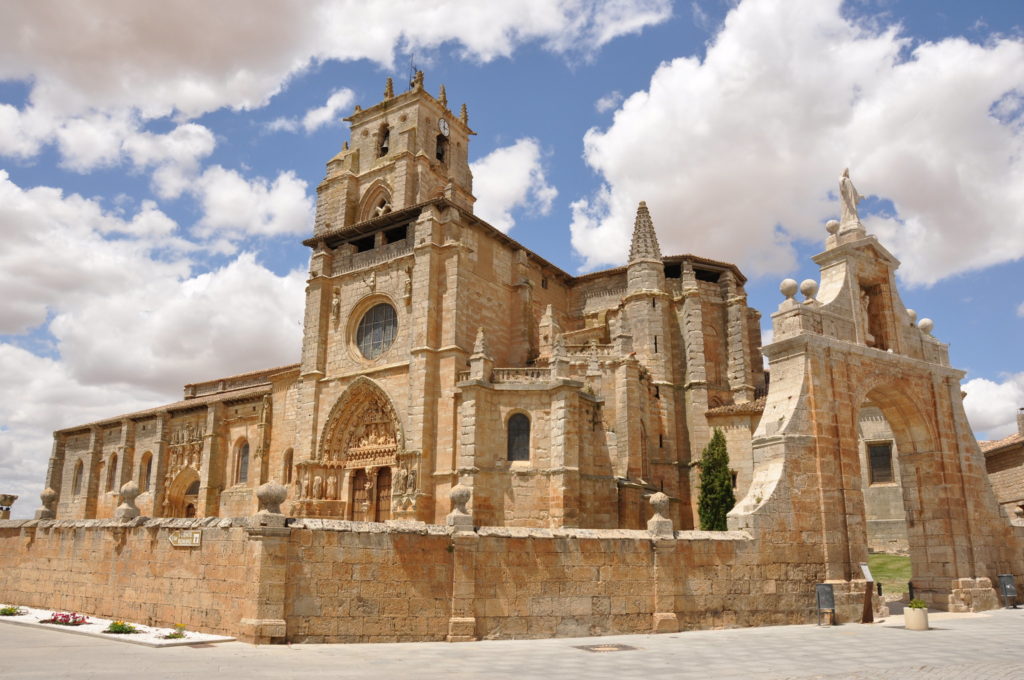
Santa María la Real – Burgos, Spain is undoubtedly a beautiful monastery full of historical and artistic wealth located in the city of Burgos. Prepare to know the mysteries that are hidden in this monastery.
Things to do
Admire the Monastery Architecture
The mix of architectural, romantic, Gothic and Renaissance styles is extraordinary. Without a doubt, this is the highlight of the Monastery of Santa María La Real. This is especially evident in the Cloister of San Fernando (built by King Ferdinand III of Castile). The cloister with a barrel vault is designed in Mudejar style with excellent designs. In addition, these include early Arabic writing, castles, peacocks, and faucets.
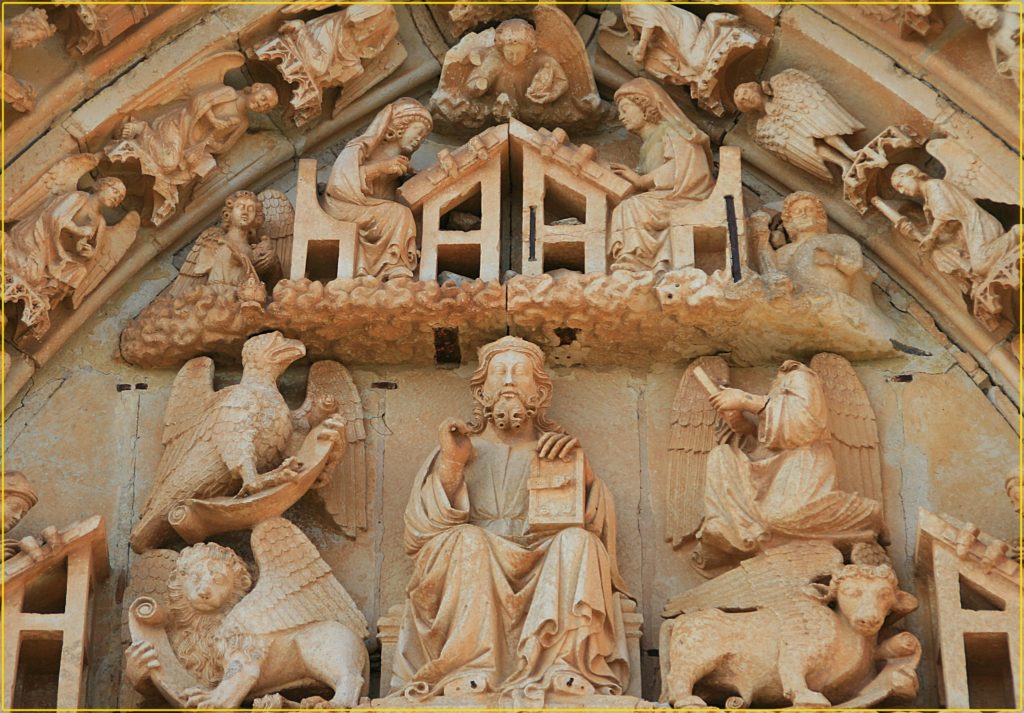
The Cloister
This is also known as The Cloister of the Knights, which was for centuries the place of burial of many nobles. However, among all the tomb of Don Diego López de Haro with his reclining sculpture of the thirteenth century. On the other hand, at his feet the gothic sarcophagus of his wife Doña Toda Pérez de Azagra. In addition, this place has a harmonious mixture of styles such as the flowery gothic of the vaults and the plateresque of the openwork tracerias. These have resulted in an amazing architectural work that you can not miss.
The Monastery Church
This wonderful place consists of three ships and a cruise. In addition, from a primitive cave where the legend places the apparition of the Virgin, it is at the foot of the ship. At the entrance is the great Royal Pantheon that houses twelve graves of two dynasties. These were those of “the Abarca” or “Jimena” of the tenth and eleventh centuries. On the other hand, the dynasty of Garcia Ramirez “the Restorer”, between the twelfth and thirteenth centuries. In front of them is the sepulcher of Doña Blanca de Navarra that constitutes a true romantic jewel of the 12th century.
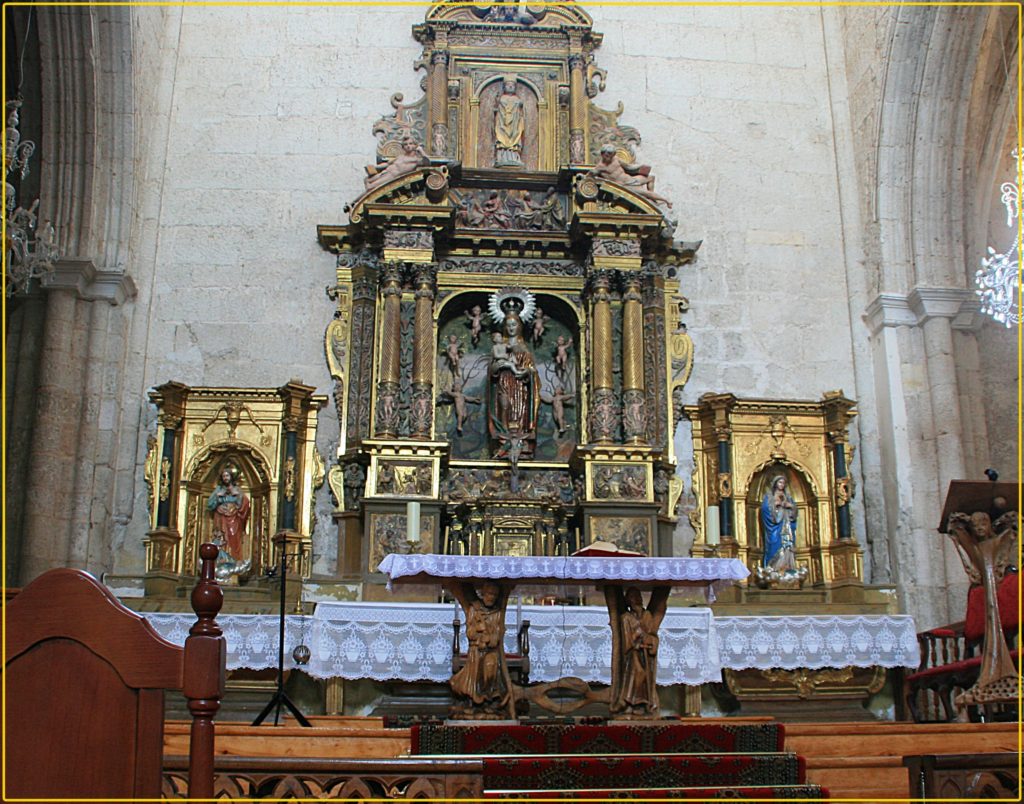
Chapel and Church Choir
The chapel has a main altarpiece dating from the end of the 17th century. It has a beautiful baroque style where the romantic stature of Santa María La Real in the center stands out. In turn, she is holding the child on her left knee. Another great attribute of this church is the choir that comes from the early 16th century. It presents a style of Catholic Monarchs where you can appreciate the influence of Gothic and Renaissance. On the other hand, a florid Gothic masterpiece is the selleria carved in walnut, where you can admire the polychrome figure of King Don Garcia.
How to get there
The nearest airport is Burgos Airport (RGS) 2 hours from the monastery. Most Airlines will take you directly to Burgos Airport. You can take a taxi from outside the airport and its a 2 hour and 30-minute drive to Monastery. You can take a bus or train but both of them is a 6 hour and 30-minute to Monastery. Follow the N-120 west from the center of Burgos. The monastery is next to the road, on the western outskirts of the city.
When to go
The best months in Burgos are from April to June and from September to December. Summer can simmer and winter is very cold.
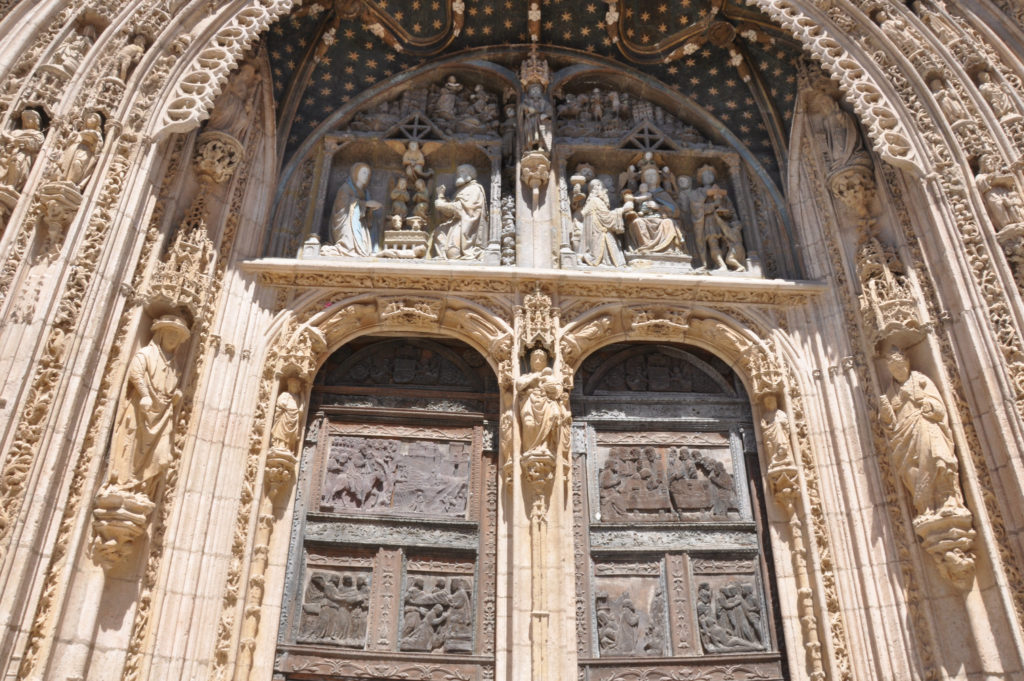
How long do I go for
It is recommended to stay in Burgos for approximately 3 days or a weekend because the monastery has many places to visit as well as the same city.
Opening and Closing Hours
The monastery is closed on Mondays, so from Tuesday to Saturday, it is open from 10 a.m. – 1:30 p.m. and 3 p.m. – 5:30 pm. While Sundays and Holidays are open from 10 a.m. – 1:30 p.m. However some Saturdays and Sundays the schedule may be modified due to liturgical celebrations, therefore, it is recommended to call in advance.
Planning
It is recommended to bring warm clothes because the nights at any time of the year are usually cool. On the other hand in addition to the characteristic history of this place you cannot miss the pulpit with hinges of the monastery. This can be turned to allow the preacher to address any person hidden in the choir. There are so many things to see in Burgos, so don’t forget to pack comfortable shoes and make your experience the best.
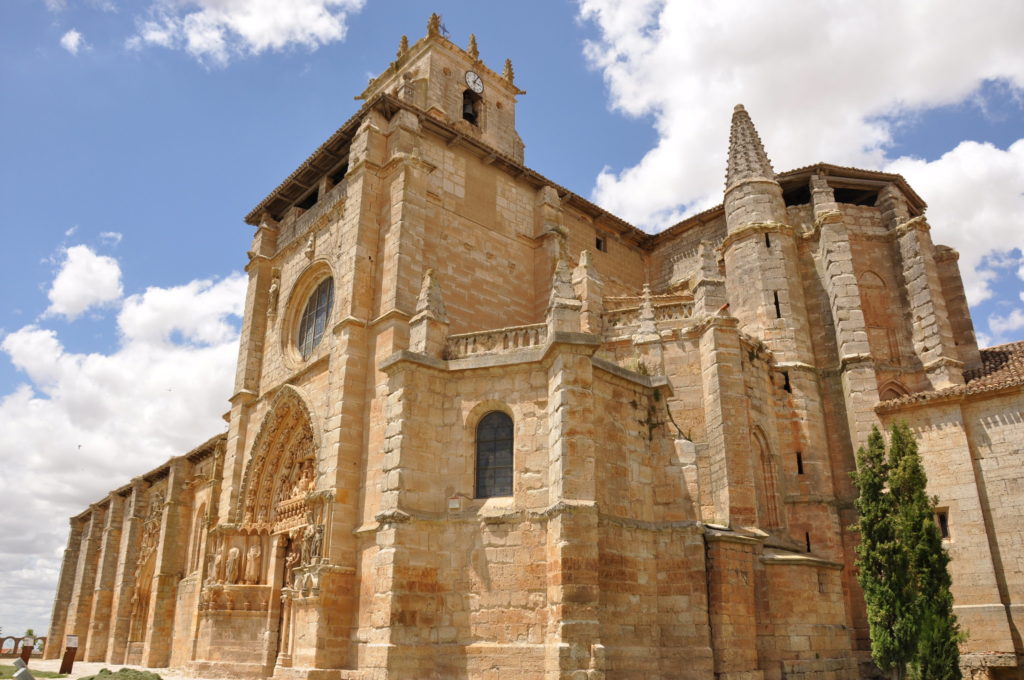
Inside Information
Guided tours of the monastery are available depending on what you wish to experience. Starting with treatal visits, where the ancient souls that roam the monastery will tell you the story first hand. As well as visits to places not so well known that are in it. Do not forget your camera to capture at all times, as well as forget to book your plane ticket in advance. Burgos has a series of inns and hotels depending on your pocket, such as Pension San Lorenzo.
History
King Alfonso VIII and his English queen Leonor (Eleanor) founded the monastery in 1187 as a retreat for women of the royal family and the aristocracy. As well as a burial place for the Castilian monarchs. His abbesses were figures of high status, endowed with enormous legal and liturgical powers.
Today, more than 800 years after its foundation, the monastery remains the home of Cistercian nuns. This makes the experience of visiting it even more satisfying. On the other hand, the Museum of Medieval Fabrics has the costumes of different members of the Castilian royal family from the 12th to the 14th centuries. All items are accurately dated because they all come from royal graves.
Websites
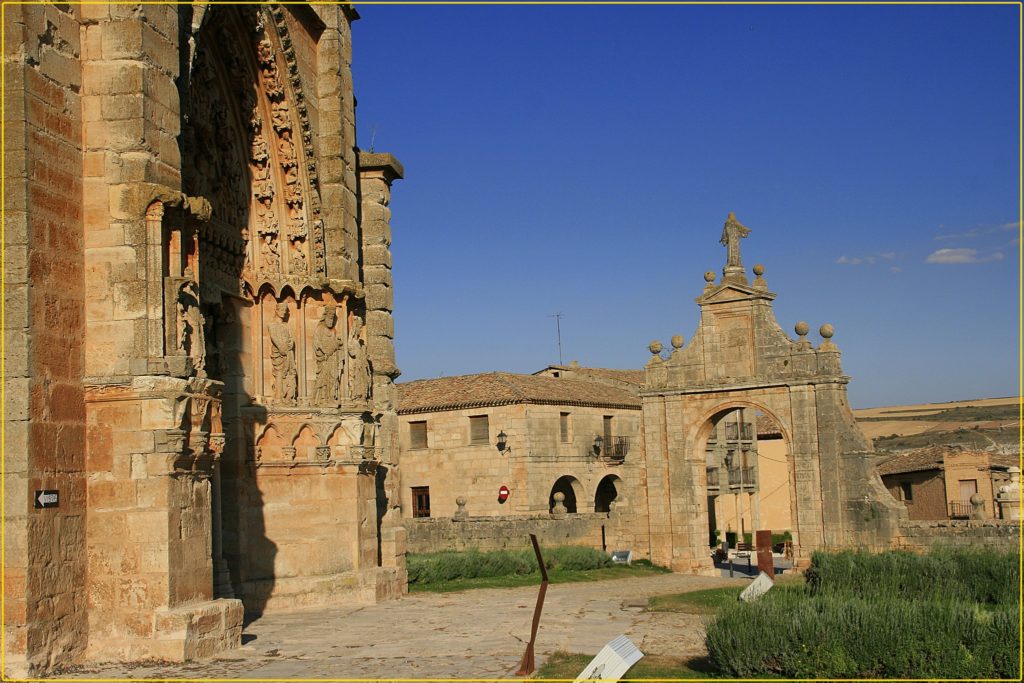
Other Nearby Attractions
Sagrada Familia of Barcelona
The Sagrada Familia is the best known and characteristic monument of Barcelona. It is undoubtedly, known as the greatest exponent of the modernist architecture created by Gaudí. Do not miss the opportunity to go to contemplate the curious but unfinished temple. A curious fact is that the construction began in 1882 with a neo-Gothic style. However, a year later the project was put in the hands of Gaudí, who completely replaced it. The Sagrada Familia is a lush temple loaded with religious symbolism.
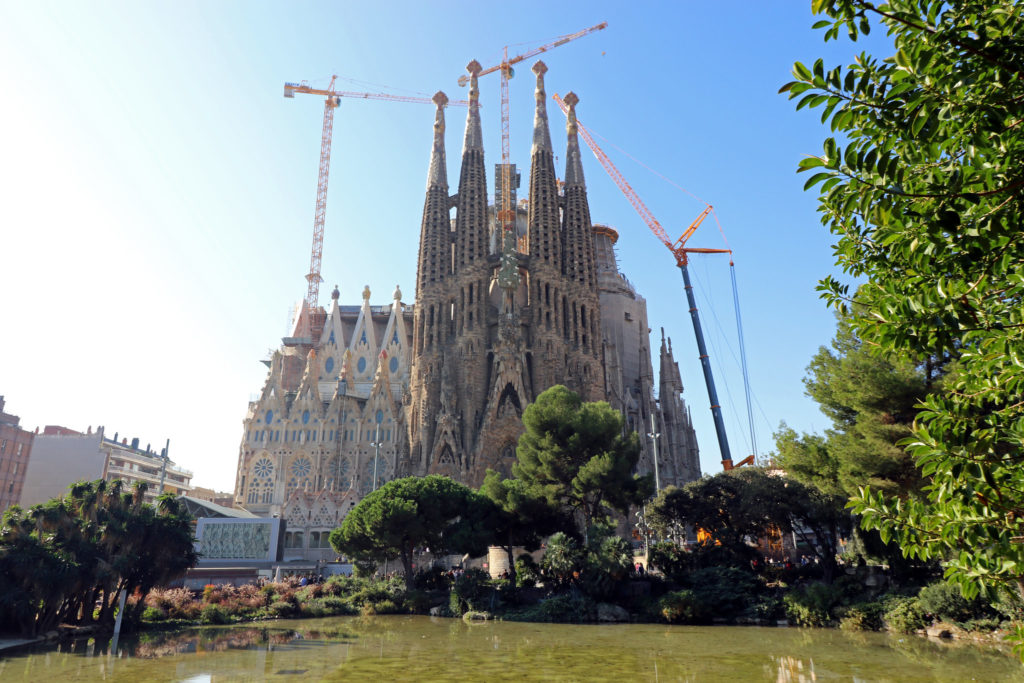
Casa Batlló
This is one of the jewels of modernism that, at the request of the Batlló family, Gaudí completely remodeled. So, considering it in this way a new work, due to the change from its facade to its interior structure. Also, the inner courtyard is covered by ceramic pieces designed by Gaudí.
They have a dark blue color at the top, going down to lighter shades of blue until they reach the end that is white. There is on the last floor an attic of organic structure conformed by the typical catenary arches of Gaudí. Finally, on the roof is the beautiful dragon’s backcrossed by a marble cross with four arms and four sets of chimneys.
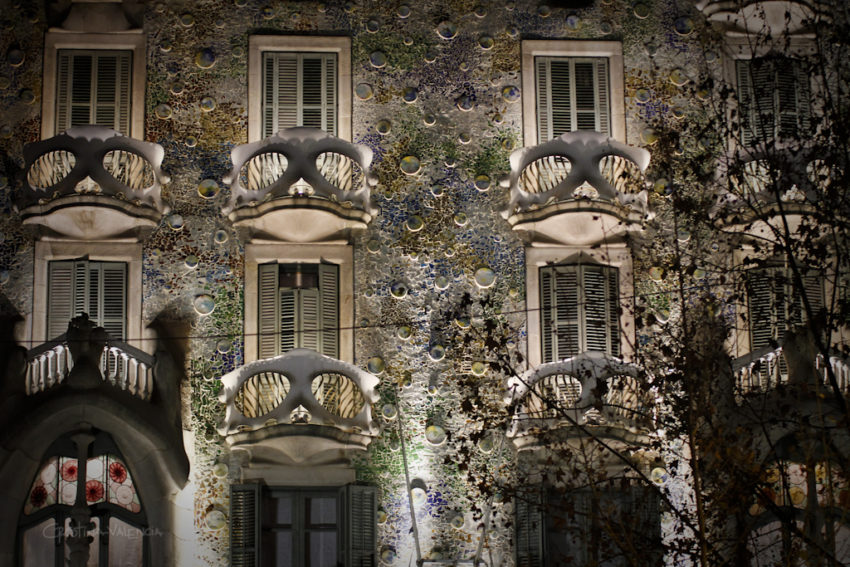
Alhambra de Granada
This is a city-palace located in Granada, Andalusia. It was built during the Arab period in the Iberian Peninsula. Was also the place of residence of the monarch of the Nasrid Kingdom of Granada. It is located on the hill of Sabika, one of the highest points in Granada, which provided a perfect strategic position for the defense.
Today you can visit it, although it is recommended to buy tickets well in advance. Once there, you will be overwhelmed by the beauty of the Patio de Los Leones and the Arrayanes, the Sala de Los Abencerrajes and the gardens. Do not forget to take you a picture from the San Nicolás viewpoint.
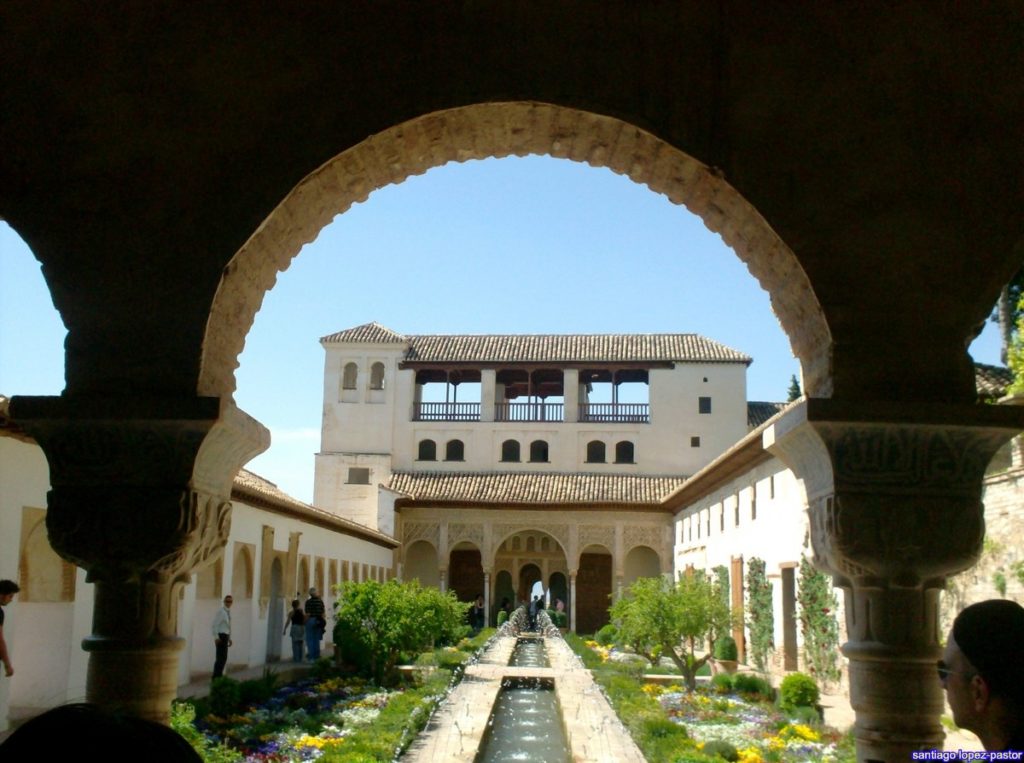
If you loved this article or found it useful, don’t forget to share it with your adventurous and travel-hacking friends! If you want more posts like this, follow us on Youtube, Instagram, Pinterest, Twitter, Facebook or Reddit and subscribe to our newsletter!

